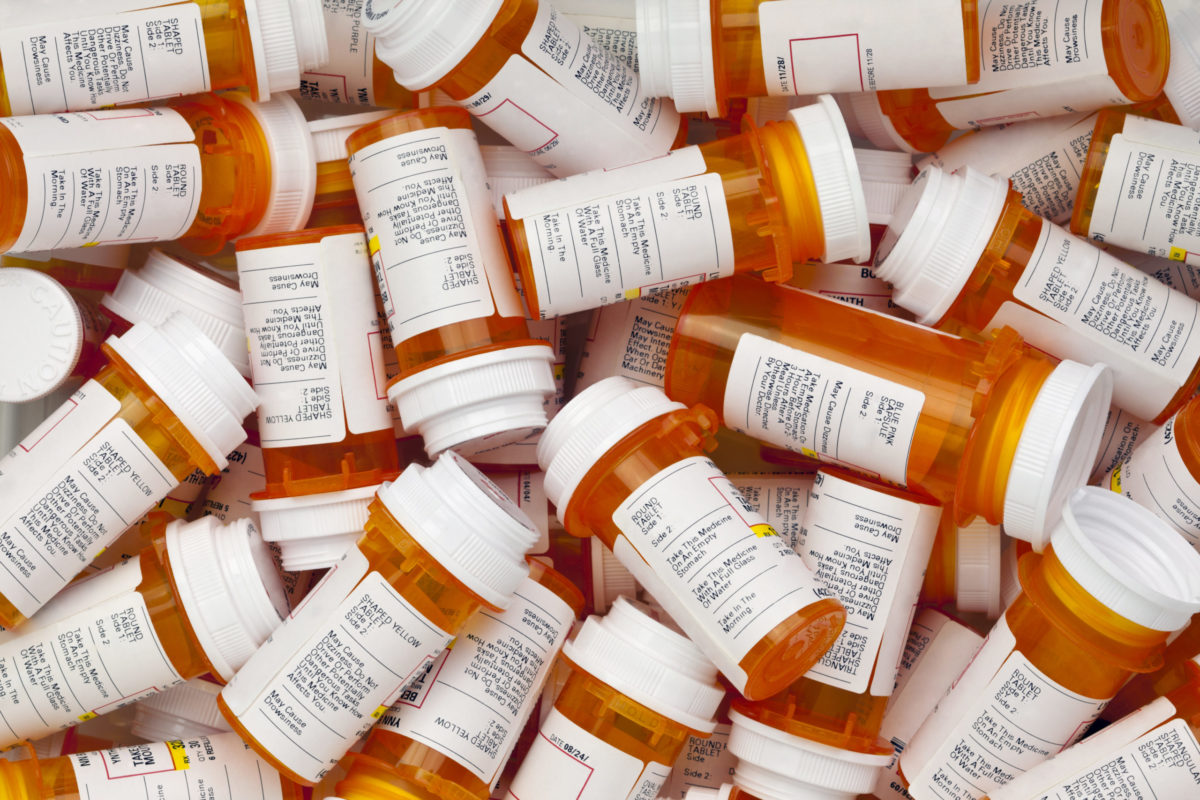By Jessica Lam and Megan Bershefsky
Over the years, Florida, an early hotspot in the opioid epidemic, has implemented a series of legal and regulatory responses that have been met with both success and continued challenges.
Since 2016 — about 25 years into an opioid crisis that began in the 1990s — more than half of the country has passed laws to limit either the number of days or the amount of opioids that can be prescribed. Florida is on the leading edge of both the epidemic and efforts to use law to combat its effects, passing its first laws before many other states.
Florida implemented its first prescription opioid regulation addressing pill mills in 2010. Pill mills, or rogue, unregulated pain management clinics where large amounts of prescription drugs are inappropriately prescribed and dispensed, were thought to be a major contributor to the opioid problem in Florida. Florida’s regulation on pill mills imposed requirements on clinics, including mandatory registration with the state department of health and physician ownership, among other tightened prescribing and dispensing guidelines. Soon after, in 2011, Florida’s Prescription Drug Monitoring Program (PDMP) became operational. The PDMP mandates reporting of dispensed prescriptions and collects reported information in a database that tracks individual prescriptions.
As a result of the newly implemented regulations in 2010 and 2011, Florida saw improvement in the following years. In 2012, oxycodone overdose deaths decreased by more than 50%. Further, the state saw a 38% decrease in total opioid pill deaths, from 2,023 deaths in 2010 to 1,244 deaths in 2012. Florida has since experienced substantial reductions in the number of top oxycodone-purchasing physicians in the state, as well as in general opioid prescribing.
Despite some success with these measures, Florida still considers opioid use a major public health issue. In 2017, Governor Rick Scott instituted a state of emergency, which allowed Florida access to millions of dollars in federal grant funding for prevention, treatment, and recovery programs. In the executive order declaring the state of emergency, Governor Scott referenced the 3,900 opioid deaths in Florida in 2015 (likely the most recent data available at the time). That year, there were approximately 33,000 opioid deaths nationally, meaning that Florida accounted for over one tenth of them.
Most recently, in 2018, Florida implemented House Bill 21 (HB 21), a law aimed specifically at restricting opioid prescriptions for acute pain. The law imposed a 3-day limit on the daily supply of Schedule II opioids for acute pain prescriptions.
While the impact and effects of House Bill 21 are still being measured, one study conducted in 2019, right before the coronavirus pandemic began, found decreased opioid use, as well as changes in initial prescribing decisions, in response to the bill. Specifically, the study found an immediate decrease in use of hydrocodone and use of non–Schedule II opioids following the implementation of the new bill. Additionally, in 2018, prescribers in Florida wrote their lowest number of opioid prescriptions per 100 people since 2006, when the data first became available.
Today, as Florida remains hopeful about the impact of HB 21 on the state’s opioid usage and addiction, COVID-19 presents new challenges in the fight against opioids.
As COVID-19 continues to ravage the United States, opioid usage across the country is on the rise again. Extended periods of isolation and stress continue to contribute to increasing percentages of opioid use, relapse, and overdose.
One study, conducted from mid-March through May of 2020, shows an increase of 32% for non-prescribed fentanyl, 20% for methamphetamine, and 10% for cocaine in a sample of 500,000 laboratory urine specimens. Additionally, fatal overdoses have risen this year by 11.4% compared to last year.
Until the pandemic subsides, it will be difficult to determine the exact impacts of HB 21. While Florida continues to monitor the effects of HB 21 and prior legislation, the state also will have to remain wary of the unexpected effects caused by COVID-19.
Megan Bershefsky and Jessica Lam are interns at the Center for Public Health Law Research and J.D. candidates at Temple University Beasley School of Law.
